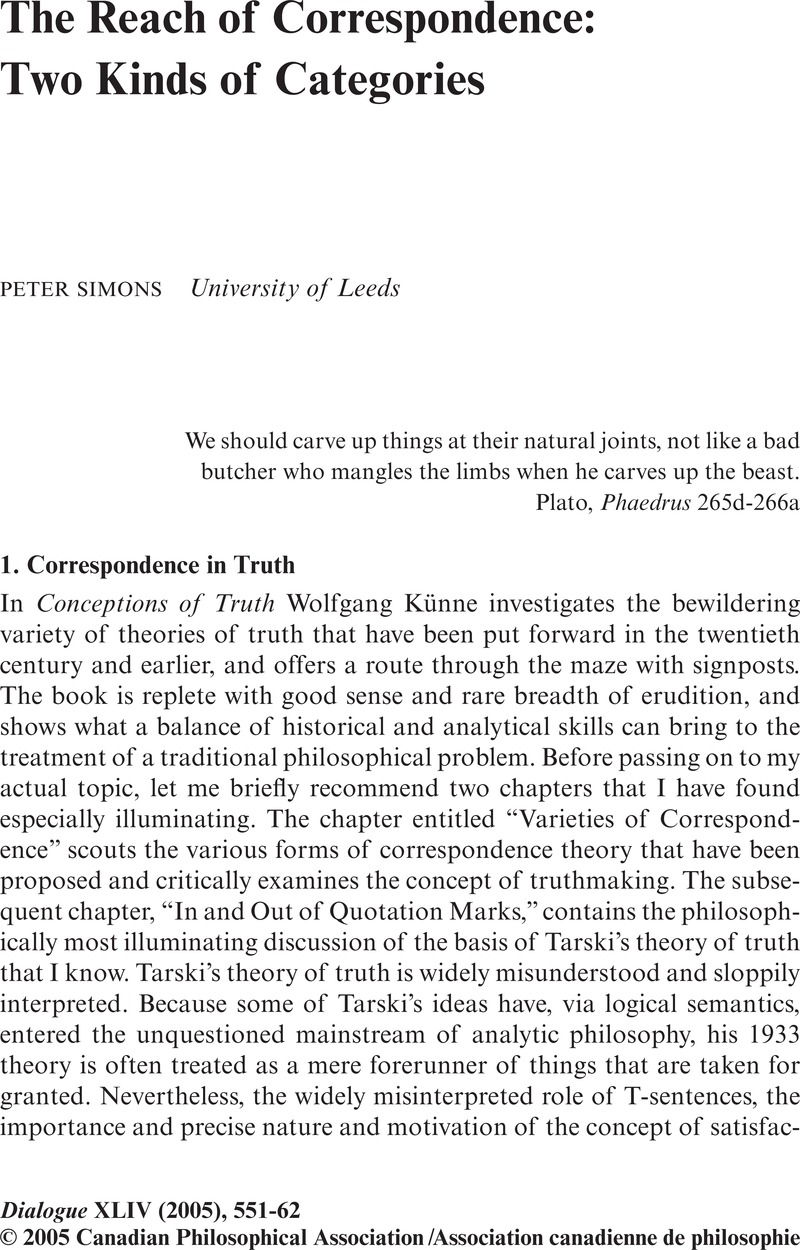Crossref Citations
This article has been cited by the following publications. This list is generated based on data provided by Crossref.
Miner‐Romanoff, Karen
2017.
The Encyclopedia of Juvenile Delinquency and Justice.
p.
1.
Hakkarainen, Jani
and
Keinänen, Markku
2023.
Formal Ontology.





